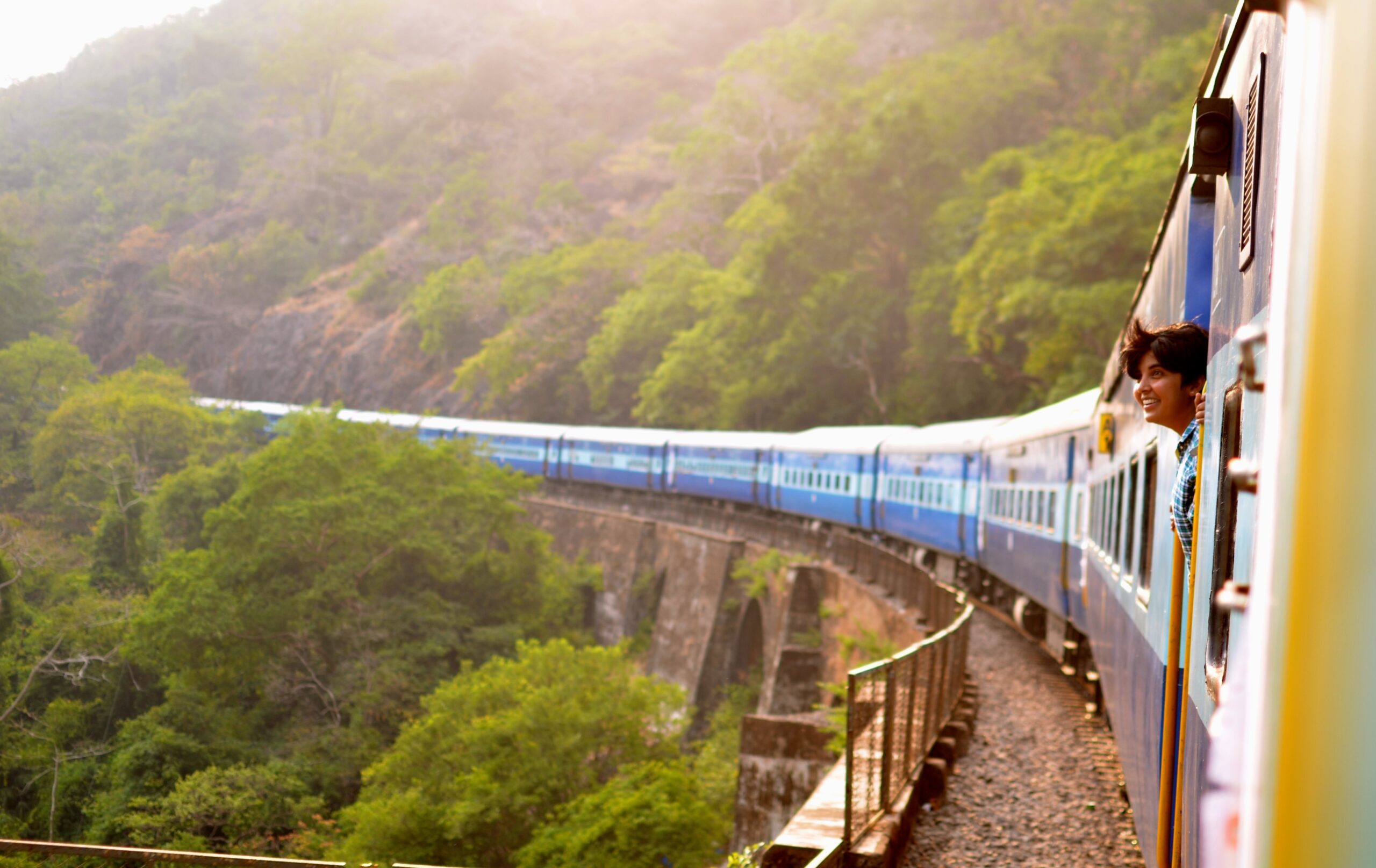Traveling to India: A Cultural Immersion Guide
Recently updated on January 17, 2025
Total words: 878

Traveling to India is a life-changing experience that allows you to immerse yourself in a rich and diverse culture that’s unlike anywhere else in the world. From the bustling cities to the serene countryside, India is a country that’s full of surprises, and the key to unlocking its magic is to immerse yourself in the culture. In this article, we’ll take a closer look at some tips for cultural immersion when traveling to India.
- Embrace the Local Cuisine Indian cuisine is some of the most delicious and diverse in the world. From the spicy curries of the south to the sweet treats of the north, there’s something to tantalize every taste bud. To truly immerse yourself in the culture, be sure to try as many local dishes as possible. Street food is a great place to start, but be sure to also visit local restaurants and sample regional specialties.
- Learn Some Basic Phrases Although English is widely spoken in India, learning some basic phrases in Hindi or the local language can help you connect with locals and show that you respect the culture. Simple greetings, such as “Namaste” (hello) or “Dhanyavaad” (thank you) can go a long way in building rapport with locals.
- Attend Local Festivals India is home to a wide range of festivals and celebrations throughout the year, and attending one can be a great way to immerse yourself in the culture. Whether it’s Holi, Diwali, or the Kumbh Mela, these festivals offer a chance to witness ancient traditions and customs that have been passed down for generations.
- Visit Historical and Religious Sites India is a country that’s steeped in history and religion, and visiting some of the many historical and religious sites can offer a glimpse into the culture’s past and present. From the iconic Taj Mahal to the sacred temples of Varanasi, there are countless places to explore and learn about the country’s rich heritage.
- Stay with a Local Family Staying with a local family is one of the best ways to truly immerse yourself in the culture. Homestays and guesthouses offer a chance to experience daily life in India, and to connect with locals on a deeper level. You’ll have the chance to learn about local customs, taste authentic home-cooked meals, and make lifelong friends.
In conclusion, traveling to India is an opportunity to immerse yourself in a vibrant and diverse culture that’s unlike anywhere else in the world. By embracing the local cuisine, learning some basic phrases, attending festivals, visiting historical and religious sites, and staying with a local family, you can experience the country on a deeper level and create memories that will last a lifetime. So start planning your trip to India today, and get ready for a cultural immersion that’s sure to change your life.
1. What are the top cultural experiences to have in India?
India is a land of rich cultural heritage and diverse traditions. Some top cultural experiences to have in India include visiting the iconic Taj Mahal in Agra, attending a traditional Indian wedding ceremony, exploring the vibrant markets of Jaipur, witnessing the colorful celebrations of Holi or Diwali, and experiencing the spiritual practices in Varanasi along the Ganges River.
2. What are the must-visit historical sites in India?
India is home to a plethora of historical sites that showcase its ancient civilization and architectural marvels. Must-visit historical sites in India include the majestic forts of Rajasthan like Amber Fort and Mehrangarh Fort, the ancient ruins of Hampi in Karnataka, the UNESCO World Heritage site of Khajuraho Temples, the cave temples of Ajanta and Ellora, and the historic Red Fort in Delhi.
3. What are the key tips for experiencing local cuisine in India?
Experiencing the diverse and flavorful cuisine of India is a must for any traveler. Key tips for enjoying local cuisine in India include trying street food delicacies like chaat and samosas, dining at local eateries to savor regional specialties such as biryani, dosas, and thalis, being open to vegetarian options as many Indians are vegetarian, and embracing the spice and flavors that make Indian cuisine unique.
4. How to dress appropriately when visiting religious sites in India?
When visiting religious sites in India, it is important to dress modestly and respectfully. Women should consider wearing long skirts or pants and covering their shoulders, while men should opt for long pants and shirts that cover their arms. It is also advisable to remove shoes before entering temples and mosques, and to be aware of any specific dress codes that may apply at certain religious sites.
5. What are the best practices for responsible tourism in India?
Responsible tourism in India involves respecting local customs and traditions, minimizing your environmental impact, supporting local communities and businesses, and being mindful of cultural sensitivities. Some best practices for responsible tourism in India include using eco-friendly accommodations, buying locally-made handicrafts, avoiding single-use plastics, and participating in community-based tourism initiatives that benefit the local population.